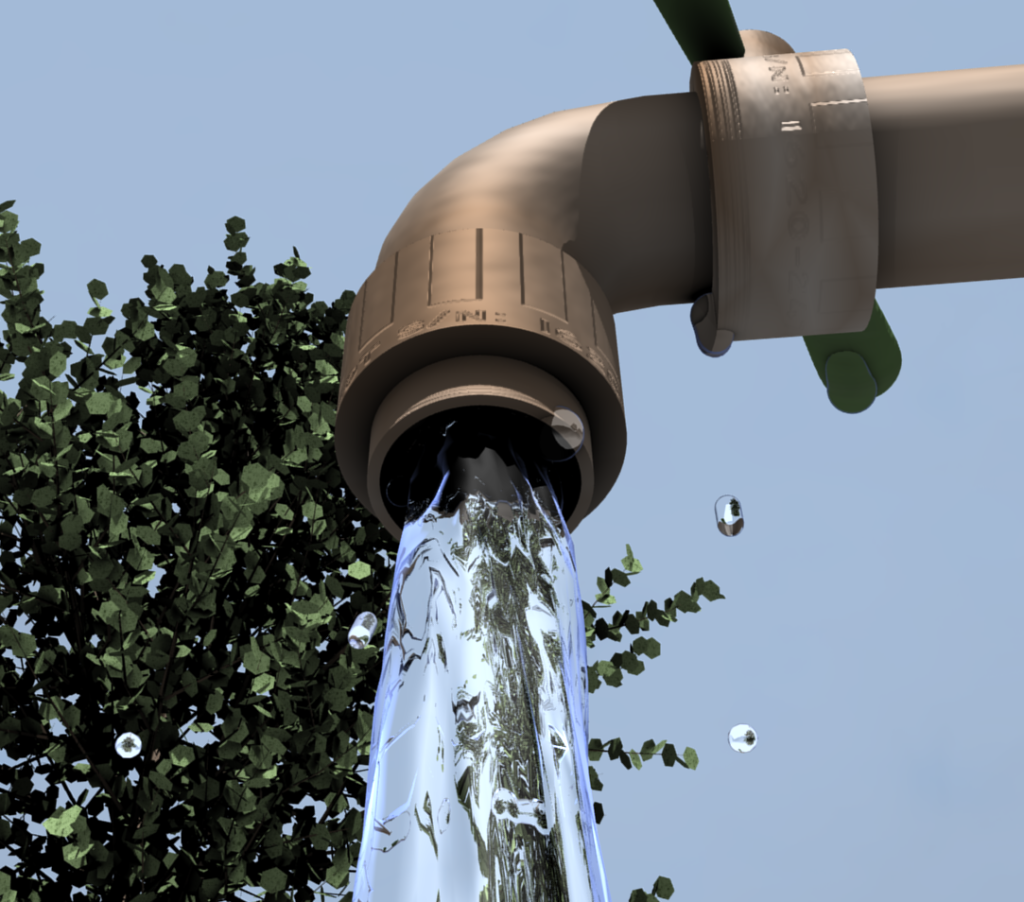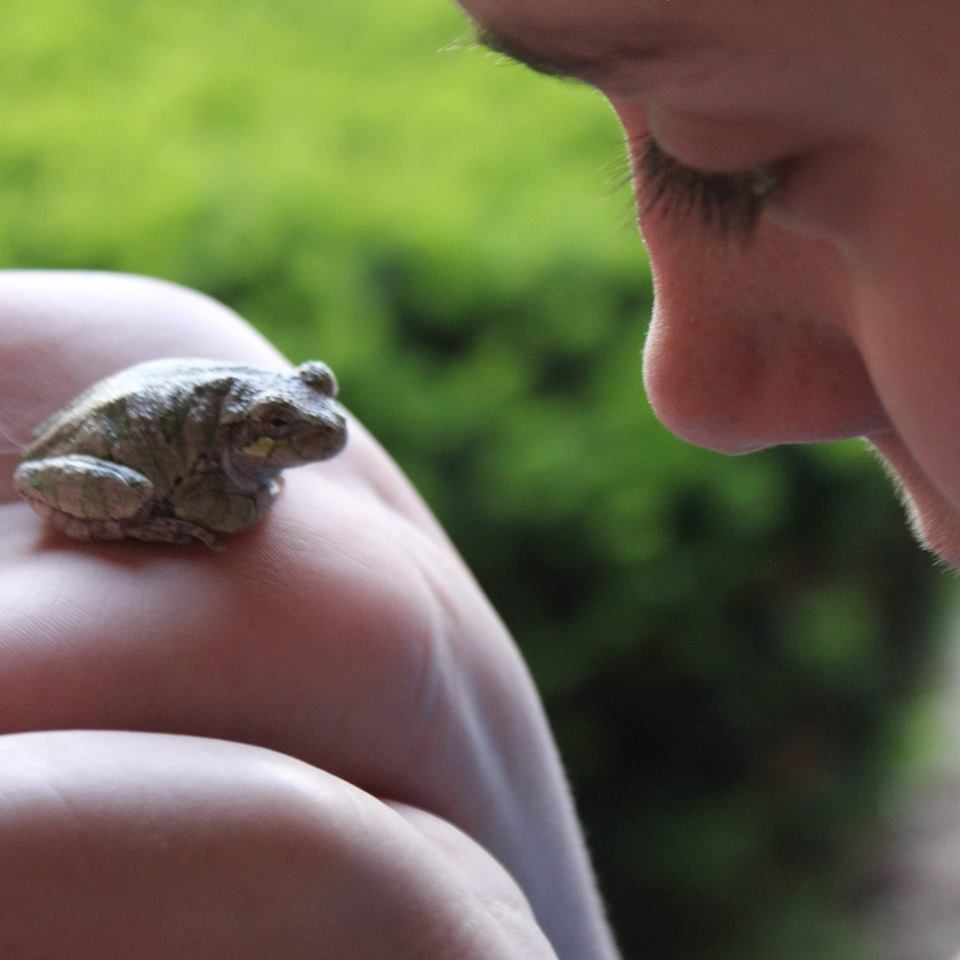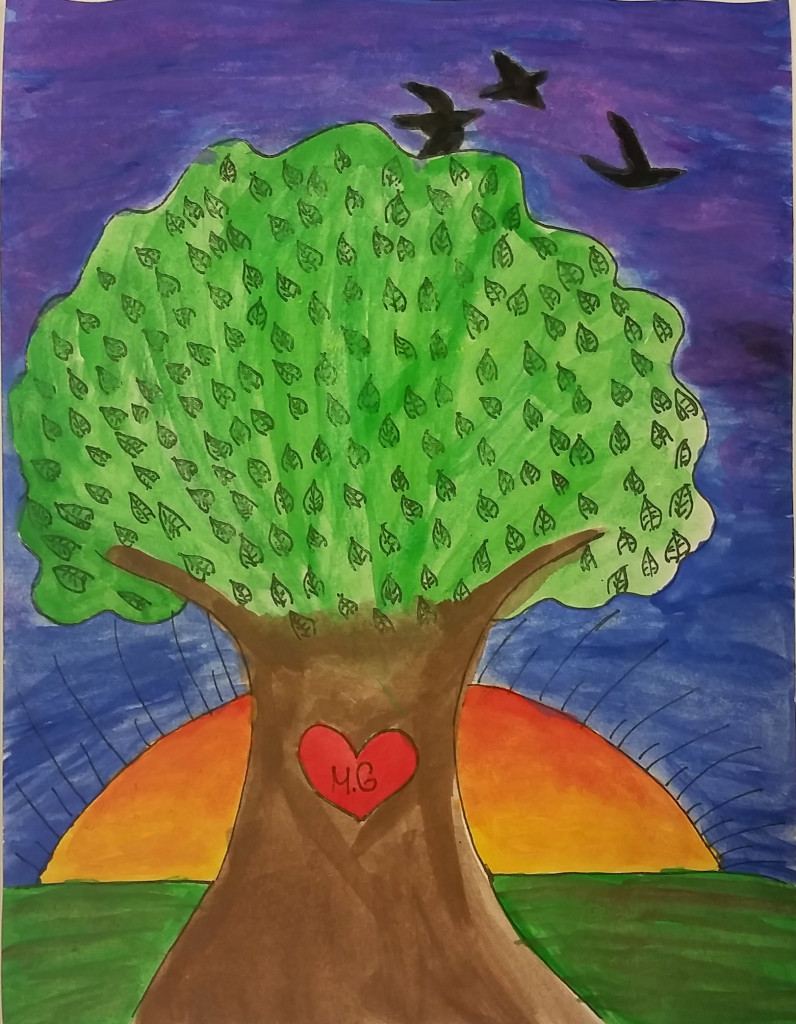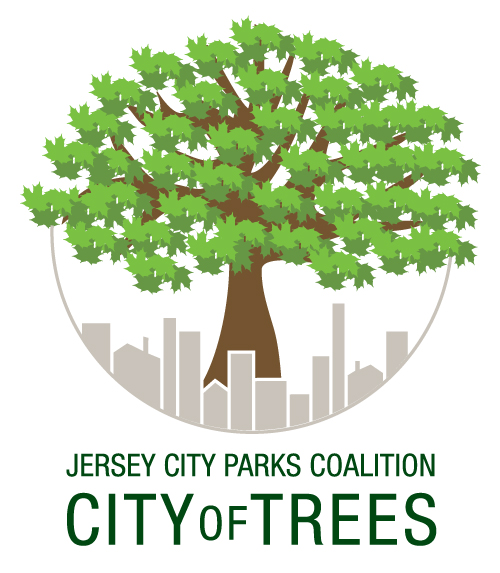Are you concerned about the safety of your drinking water? The Flint water crisis has brought issues of drinking water quality into sharp focus. We all need water to live – so how can you make sure the water you drink is safe and healthy for your body and the environment?
Earth’s Most Precious Resource
Water is the most precious resource on earth. Around 70% of the earth’s surface is covered in water – that’s the same as the amount of water in our bodies. Without water, there would be no life. From growing crops to drinking to bathing, water is an integral part of our lives.
That’s why threats to water are so serious. Contamination of water supplies can damage human health, and have a negative impact on the earth’s creatures, especially amphibians, such as frogs and toads, and fish, for whom water is a key part of their habitat.

Water Is Good For You
For the human body, water is a fantastic healer. As experienced water engineer James Boyce of Home Water Filter Guide points out, water isn’t just about quenching your thirst. Water can also:
- Increase energy levels
- Improve the condition of skin and hair
- Help stabilize weight
- Provide a mood boost
- Relive fatigue
- Promote fresh breath
- Flush out toxins
Experts recommend drinking eight glasses of water a day to stay hydrated and healthy. But what if you’re concerned with the quality of your water?
What’s In Your Water?
Since 1974, the Safe Drinking Water Act has stipulated that all water for public consumption in the USA must be safe to drink. However, even safe water can still contain some pretty nasty things:
- Heavy metals such as lead
- Volatile organic compounds such as pesticides
- Endocrine disrupting chemicals
There are literally hundreds of chemicals that could be in your tap water right now. Although there are regulations as to the quantities that are allowed in tap water, that’s still a lot of chemicals going into your body. Exposure to contaminants in water can lead to a range of health problems from sickness and fatigue to cancer.
Making Water Safe Again
Purer water with less chemicals is a healthy choice for your body. Many people turn to bottled water, but this isn’t really the best option. As well as costing you hundreds of dollars a year, bottled water can be contaminated by compounds from the bottles themselves. Not to mention the environmental impact of throwing away all those plastic bottles afterwards.
If you want to drink safe, it’s best to filter your water. Which method is best? Let’s take a look at the pros and cons of some of the most popular methods.
Carbon Filters
Carbon filters are a popular water filter choice. Water passes through activated carbon which acts to filer out all kinds of unwanted compounds. They cost around $40 up front, but work out to be a cost effective option in the long run.
Pros: Removes all kinds of chemicals, heavy metals, fluoride and pesticides. In fact a carbon filter can make most water into safe drinking water including water from ponds, rain or even the sea, so it can certainly make your tap water safe to drink.
Cons: Not as effective against bacteria as other filters. They’re also quite bulky, but if you have plenty of counter space, they are a good option.
Reverse Osmosis
Reverse osmosis filters use a membrane that filters out compounds as water passes through it. Reverse osmosis was originally designed to transform saltwater into freshwater, and is very effective at filtering out chemicals and other things.
Pros: Highly effective at filtering. a good reverse osmosis filter can filter out up to 98% of bacteria, chemicals, and heavy metals, and will also remove fluoride.
Cons: Wastes a lot of water, as for every usable gallon produced, three or more gallons are washed down the drain. It also removes minerals from the water.
Distillation
Distillation makes use of heat to purify water. The water is heated until it becomes team, then cooled until it reverts to a liquid state, minus many contaminants.
Pros: Distillation removes many contaminants, including heavy metals, arsenic and fluoride, resulting in very pure water.
Cons: Doesn’t reduce many chemicals. Home distillation filters are expensive (around $100 for a small one) and can be large and bulky. Like reverse osmosis, it removes minerals.
Under Sink Filters
Under sink filters put water through a multi-stage filtering process which removes many chemicals and contaminants.
Pros: Filters out a wide range of contaminants. Once it’s installed it’s very easy to use with no need to refill or wait for the water to be filtered.
Cons: You may need to hire a plumber to install it under the sink, and you do need the under sink space for the unit as it can’t go anywhere else.
As you can see, there are several options for making your water cleaner and safer to drink. Each has its pros and cons, and each will be more suited to some households than others. Depending on your budget and your needs, you should be able to find the right solution for you so you and your family can enjoy healthier, cleaner water.
___________________________________________________
(Guest Blogger): My name is Toni Stan and I am a blogger and the owner of www.homewaterfilter.guide. I have a passion in all things related to water conservation and I spend most of my time educating people on how to make water clean and safe for consumption.








